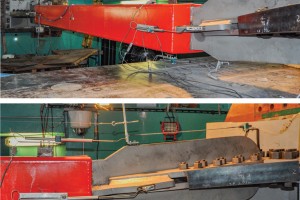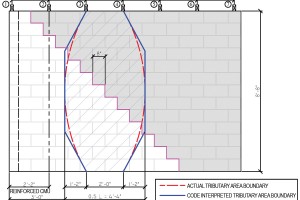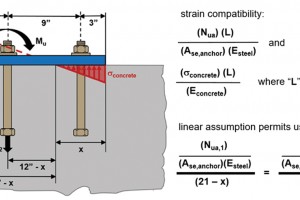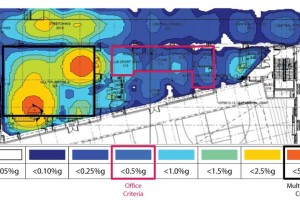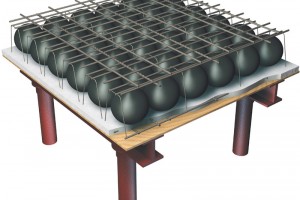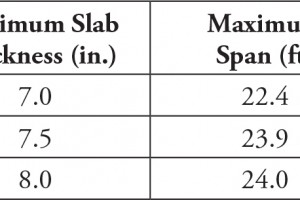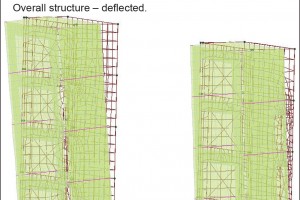The Real Failure Mode
A young researcher studying Buckling Restrained Braces (BRB) once commented that a change made in their design had improved the failure mode such that fatigue of the yielding core no longer controlled the BRB’s performance. Upon investigation, the change had simply created a failure mechanism that developed BEFORE the steel would have fatigued had the change not been made. The fatigue life of the BRB had not changed – the rest of the system simply no longer had the capacity to survive until fatigue limits would have been reached. Thus, what was thought to be a benefit, was not. But the point is an important one.
…
